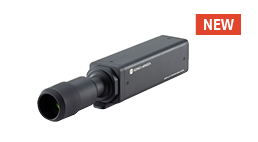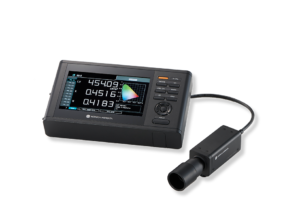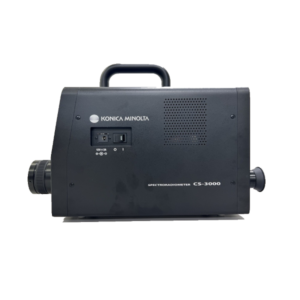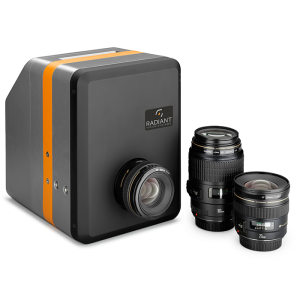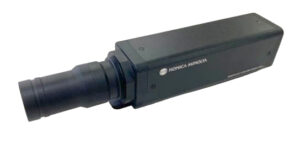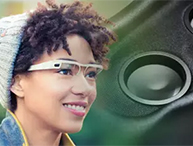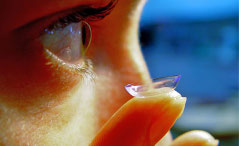
AR/VR Display Measurement
AR/VR Devices and Their Expanding Applications
AR/VR (Augmented Reality and Virtual Reality) devices are now used across a wide range of industries, including manufacturing, medical technology, transportation, entertainment, and even aerospace applications such as the F-35 military AR helmet. As adoption grows, the need for reliable AR/VR display measurement and calibration has increased dramatically.
Head-Mounted and Head-Up Displays in AR/VR Systems
A core AR/VR technology is the head-mounted display (HMD) or head-up display (HUD), which projects computer-generated content directly into the user’s field of view. These near-eye displays immerse the wearer in virtual environments (VR) or overlay digital information onto the real world (AR). Most modern HMD designs position the display extremely close to the eye, which significantly influences how display performance must be measured.
Importance of Precise AR/VR Display Calibration
Any display or optical calibration error can disrupt immersion and diminish the user experience. In quality assurance environments, these errors must be quickly and reliably detected. High-performance AR/VR display measurement solutions—capable of precise luminance and chromaticity analysis of high-dynamic-range displays—are essential for identifying pixel-level defects. Small-spot, high-sensitivity probes that emulate human visual perception allow more accurate evaluation of OLED, microdisplay, and other near-eye display technologies. These probes are integral to our CA-410 Display Color Analyzer series.
Challenges in Measuring Near-Eye and Wide Field-of-View Displays
AR/VR optical designs often introduce challenges such as image distortion across a wide field of view (FOV). Effective AR/VR metrology solutions must accurately measure parameters that affect perceived image quality—such as image position, brightness uniformity, color accuracy, and contrast—to ensure realistic reproduction of virtual objects.
Capturing Full FOV Performance in VR Goggles
Modern VR headsets frequently cover nearly the entire horizontal field of vision. To obtain realistic and meaningful measurement results, imaging systems must capture the full virtual image exactly as the wearer perceives it. The extremely close viewing distance also magnifies display defects, while steadily increasing display resolutions require measurement instruments that can match pixel-level performance. Proper calibration ensures accurate, reliable defect detection and visual quality assessment.
AR/VR Display Measurement Solutions From Konica Minolta Sensing
Konica Minolta Sensing and Instrument Systems provide industry-leading solutions for AR/VR display testing and measurement. Our systems are built on the proven CAS series of high-end spectrometers from Instrument Systems. These compact measurement platforms closely mimic human visual perception with precise angle-resolved and time-resolved measurements. Systems can be customized with specialized optics, environmental accessories, and software tools for AR/VR applications, including eye-box mapping and flicker evaluation.
Konica Minolta Sensing also offers the CS-3000 series spectroradiometers, known for exceptional optical accuracy. With a specialized HMD accessory, these instruments provide precise pupil-size spot measurements, making them ideal for research and development environments requiring high-fidelity spectral data.
Recommended AR/VR Measurement Instruments
The following products are our most recommended for light measurement, our specialist team can help to advise you on which product is best suited for your needs:
Resources
We have a wide range of resources looking at color measurement, here are some of the most popular:
Discover our blog detailing how to use the CA-527 to measure AR/VR Displays
Find out how to enable display measurement within Augmented & Virtual Reality Headsets with our white paper
Watch our video…
To find out more about how our products can help you achieve the best quality in AR/VR solutions.
